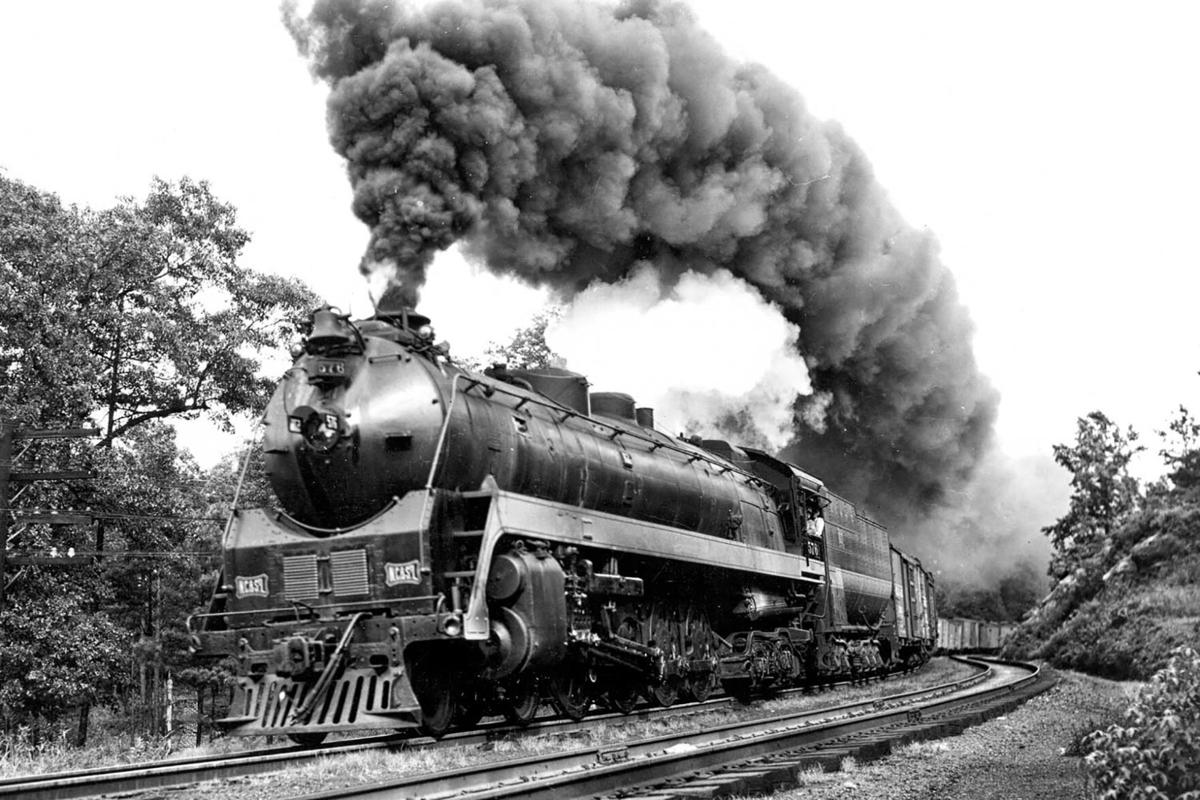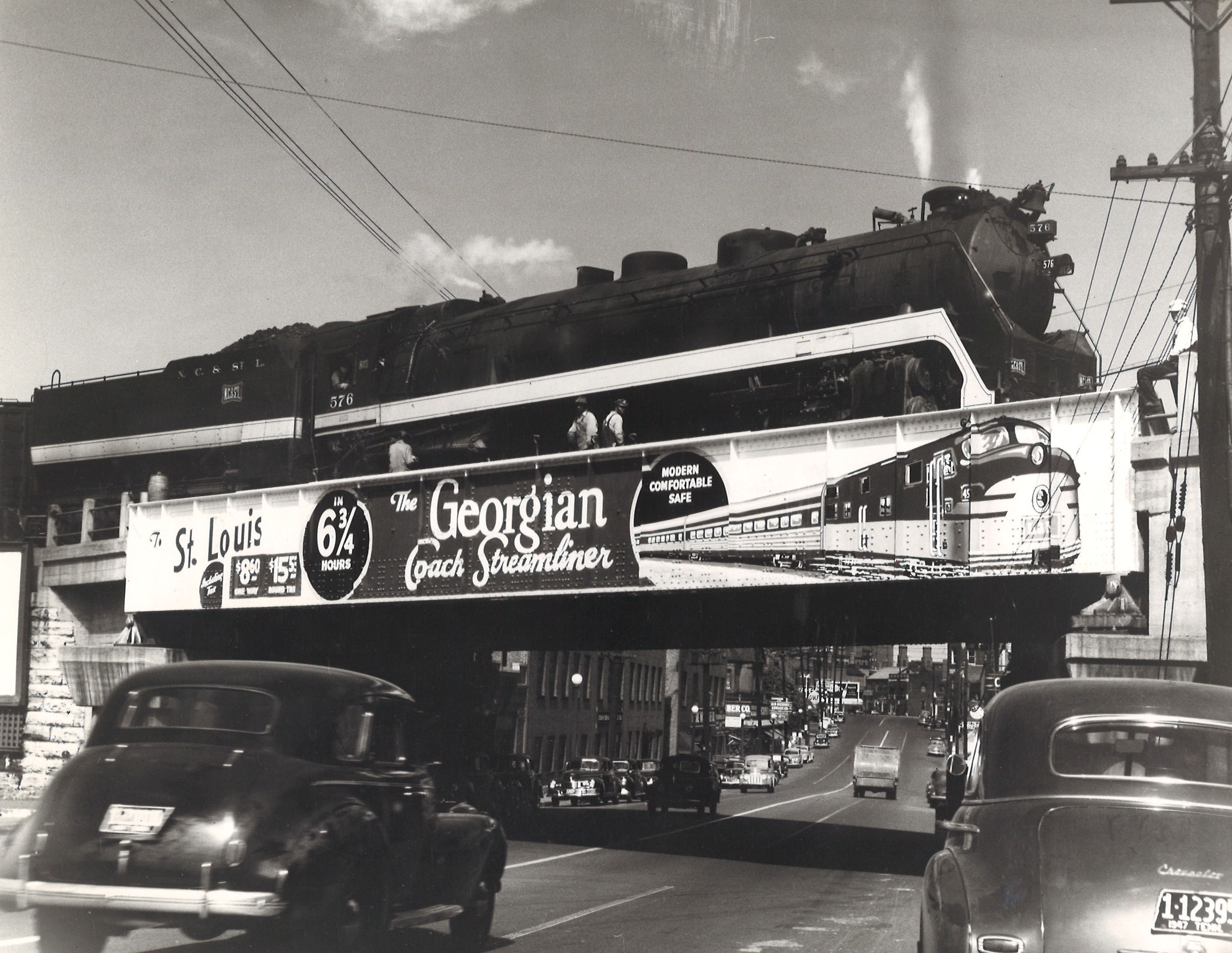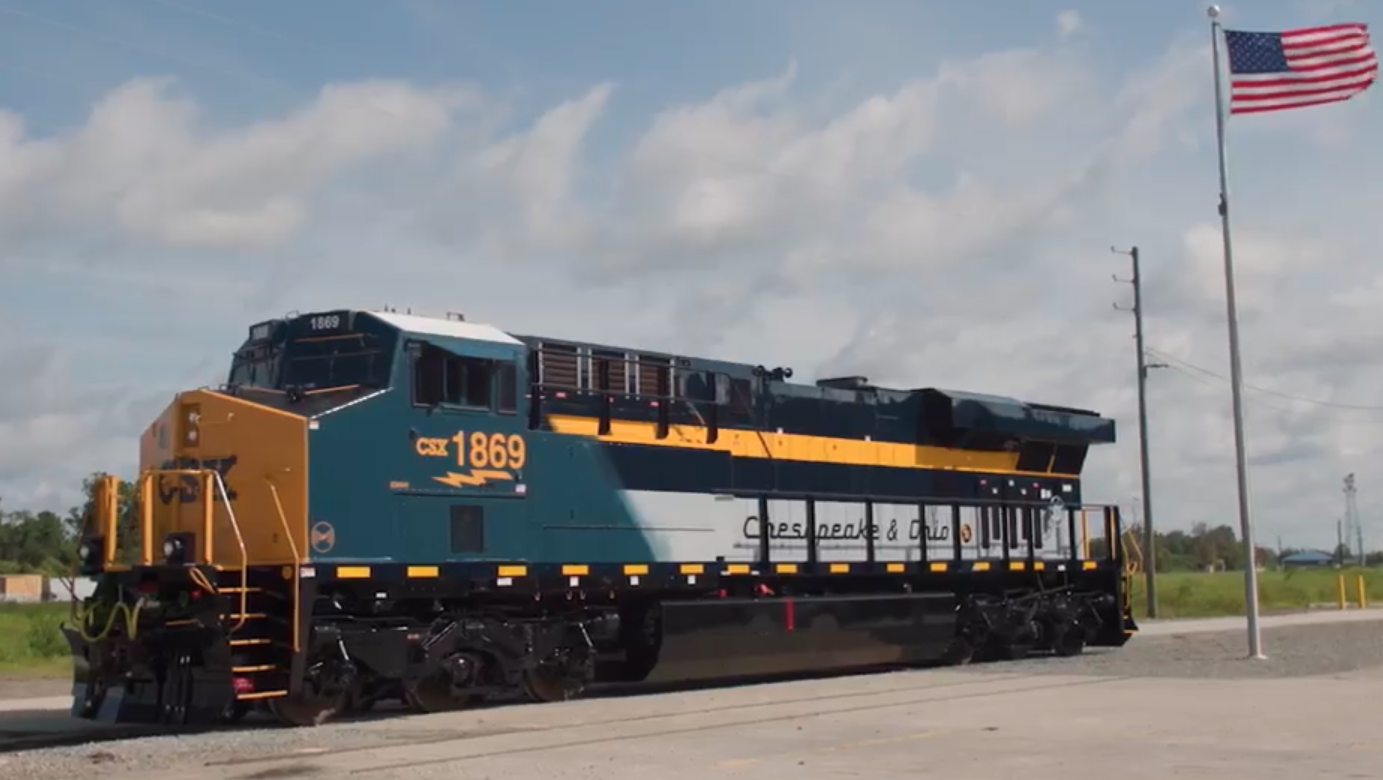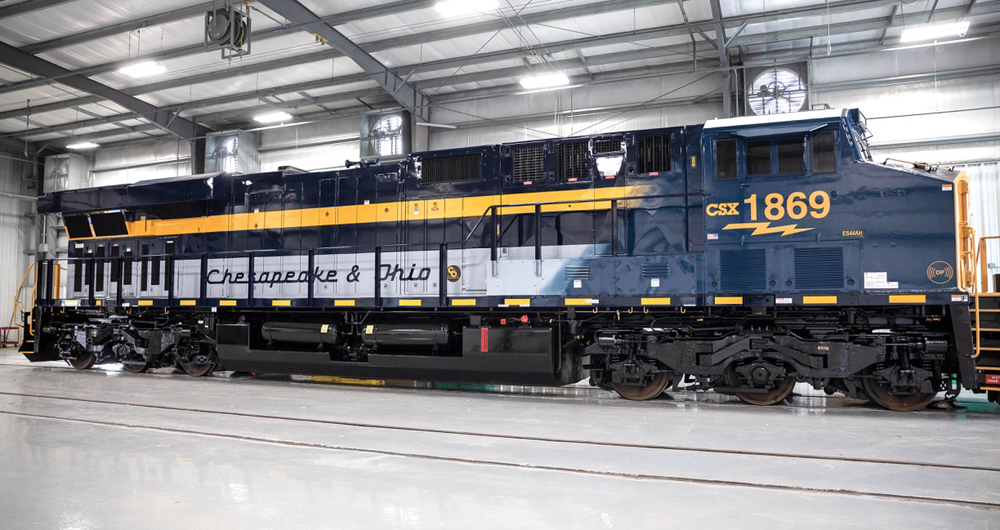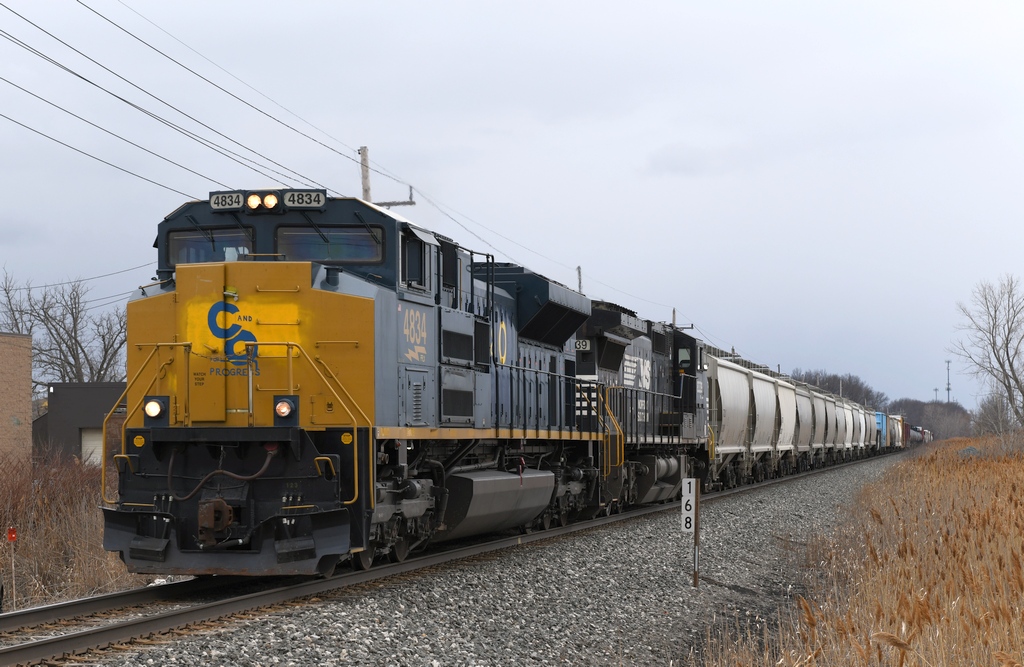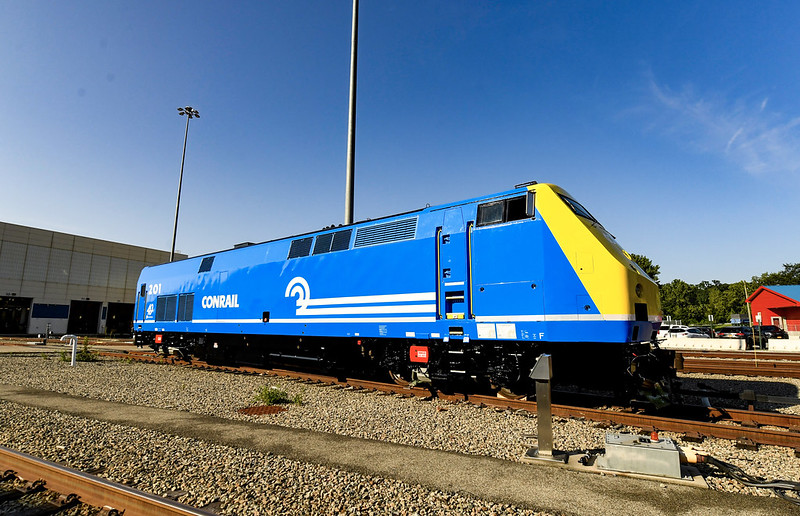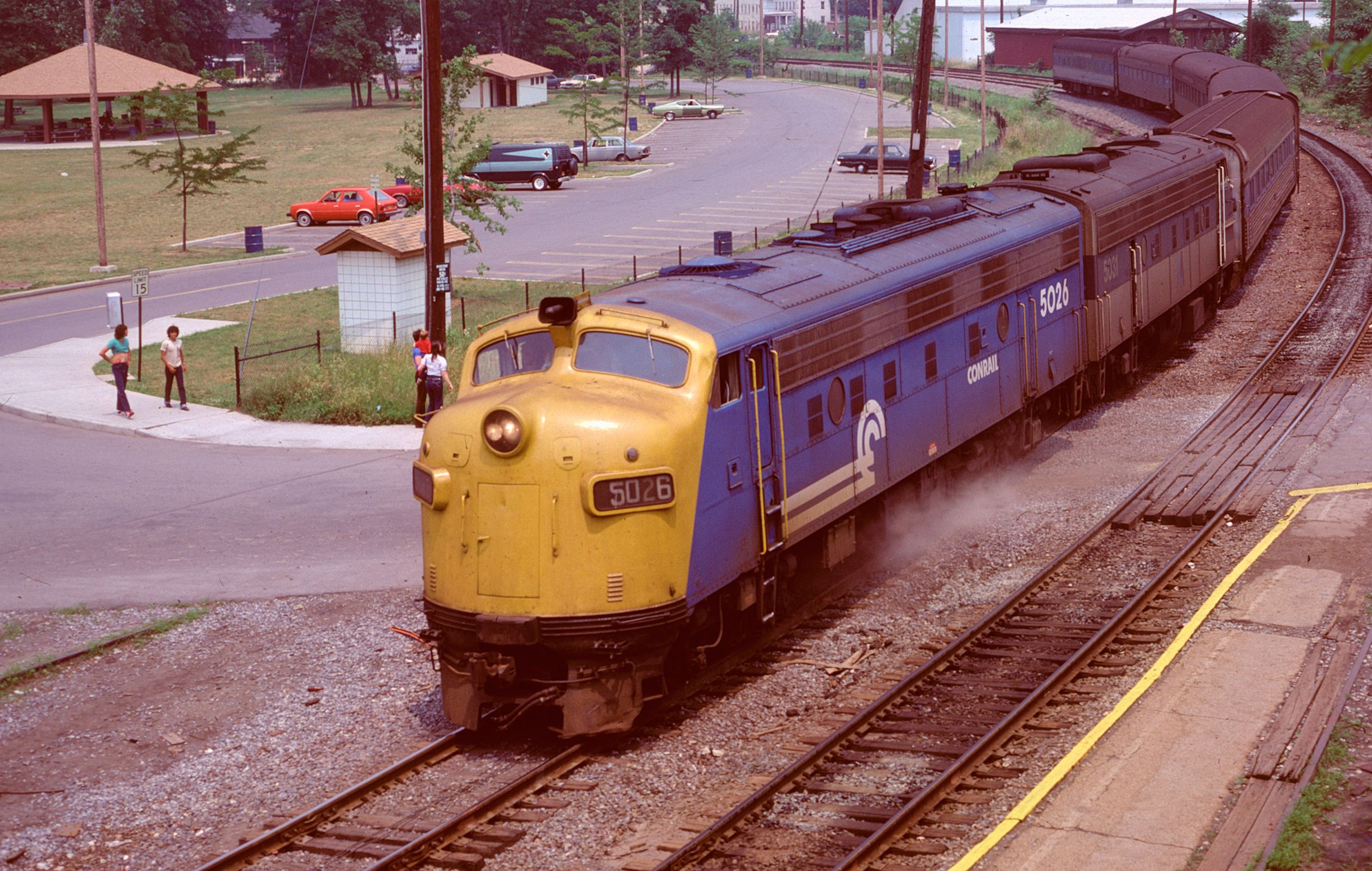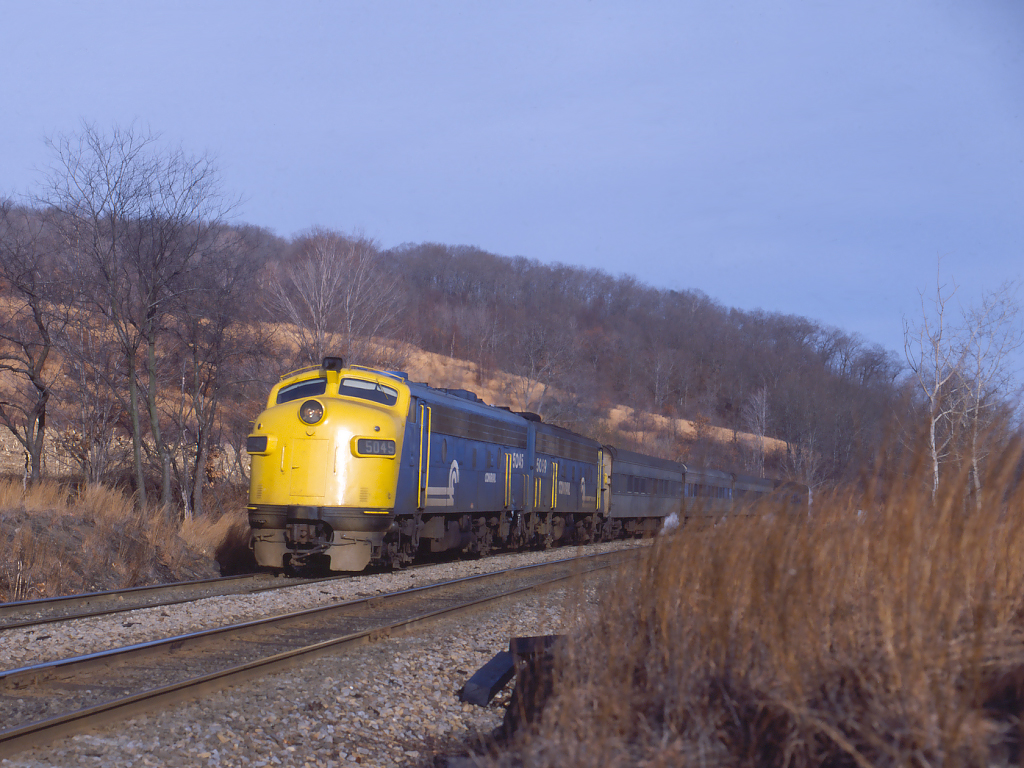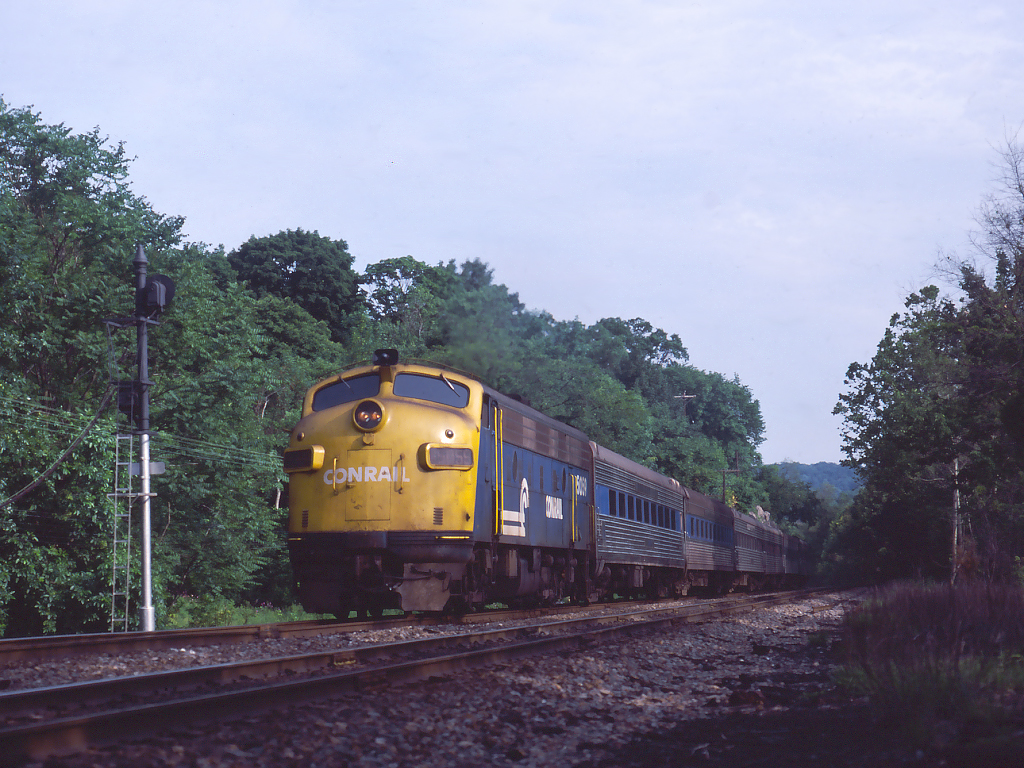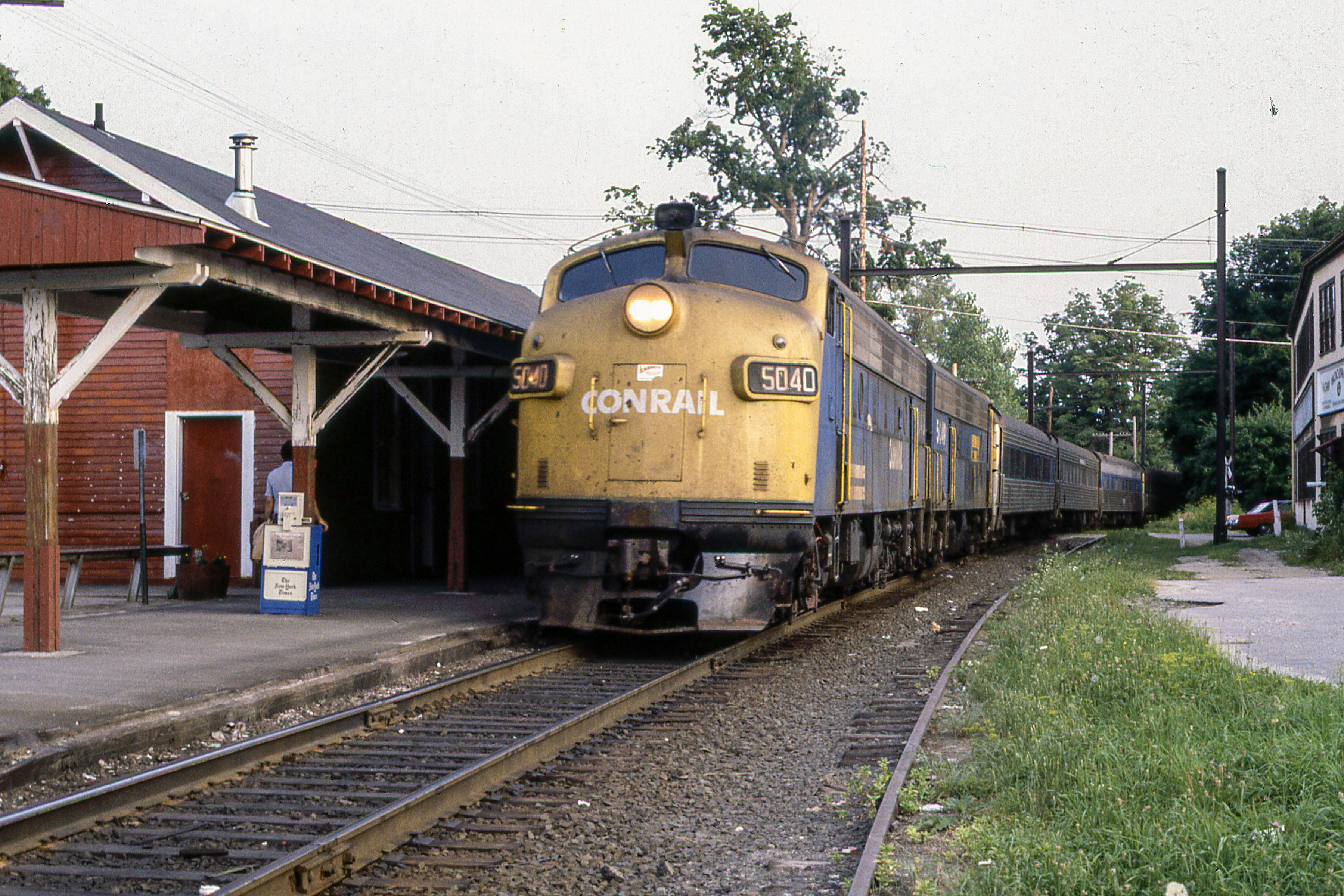A year and a half ago, Cumbres & Toltec Scenic Railroad announced that they were evaluating two of the four D&RGW K-37 class narrow-gauge Mikados that they own for an operational restoration. They own the #492, the #494, the #495 and the #497, but only the #492 and the #497 were being considered. Apparently the #494 and #495, which were retired in 1962 and are on display in Antonito, were believed to need too much work to be considered.
The #492 had run until 1968, then was handed over to the Cumbres & Toltec in 1970 and hadn't run since, being stored outdoors at Chama, NM and having parts borrowed for some of the K-36s. At one point in the '90s it was pretty nicely cosmetically restored, but over the years a lot of other parts were removed and stored indoors for safekeeping, and it also had the boiler jacket removed for asbestos abatement, all of which lent it a pretty forlorn appearance. In fact, it no longer even has a pilot truck under the front of it. The #497's pilot truck was found to be worn out, and they stole the one off of the #492 to keep the #497 running.

The #497 was retired in '68, then had sat at Durango, CO before being handed over to Durango & Silverton on their formation. It was restored to operation in 1984, but Durango & Silverton found that it had issues negotiating some of the curves on the line, which they attributed to the K-37 design (they later found that the #497 had some wear/damage that made this characteristic unique to #497) and in 1991 they traded it off to Cumbres & Toltec for K-36 #482. C&TS made out pretty good on this deal, since they traded an engine that hadn't run in 21 years for an operational locomotive. C&TS ran it until 2002, when it's boiler certificate ran out. It has sat in the roundhouse at Chama, NM ever since.

In the years since, Cumbres & Toltec has mostly relied on four K-36s, as well as a single K-27 and a T-12. They said that they wanted a fifth large engine to cover the regular schedule, engineer/fireman schools, and special events, and while they have a fifth K-36, #483, apparently it is completely used up, between the wear and tear from it's original career and then decades of sitting, as well as having donated lots of parts to the other K-36s over the years. So that left them with the K-37s (they have wanted a K-28 for years, and tried to trade a K-36 for one of Durango & Silverton's K-37s, but that was shot down by opposition on both sides) and they chose #492 and #497. I had figured from the outset, that #497 would be the chosen one, after all it had had one operational restoration at one point and had been stored inside since.
Well, surprise, I was wrong. The #492 is to be the lucky recipient of an operational restoration. According to the C&TS, the #492 was selected to return to service based on some preliminary ultrasonic inspections measurements on the boiler shell, and D&RGW documentation provided by the Durango & Silverton that shows the locomotive received a new boiler in 1948. If the D&RGW records are correct, this boiler is the newest one the C&TS owns, while the #497 retains the original 1900-built boiler from the donor C-41 standard gauge Consolidation that it was built out of.
According to C&TS, last year they began ordering parts to return the #492 to service, and on August 9th, they received the new eccentric rods for the valve gear. Over the next year they will also receive a new set of main rods, side rods and valve gear components. They are also in the process of sourcing all the required appliances such as air compressor, injectors, electric generator, mechanical and hydrostatic lubricators, and firedoor. The whistle of D&RGW K-37 #490, which was scrapped sometime between 1963 and 1964, was donated for use on the #492. They have been in discussions with three vendors to install flexible stay bolts to replace many of the rigid stays in this boiler, which was a process done by the D&S when they returned the #493 to service a few years ago. The current plan is to use the #497’s tender behind the #492, since the #492's tender is badly rusted out, and if it becomes a commercial necessity to return the #497 to service in the future, they'll rebuild the #492’s tender with a new cistern. The locomotive needs the 1472 service day inspection, a full running gear overhaul to include the aforementioned new rods and valve gear, a new smokebox, and all the appliances. They will determine if they need to replace the tires and driver boxes during the process. The #492’s lead truck was removed many years ago and placed under the #497 back when the #497 was operational. The #497’s lead truck is located near where the #492 spent the last decade sitting, and will receive a complete rebuild, and a new axle and wheel set.
Perhaps the weirdest detail of this restoration is that they plan to keep it as a coal-burning locomotive. They've been converting some of their locomotives to oil-burning, and Durango & Silverton already did an oil-burning conversion to #493 when they restored that to operation, so the blueprints are there for an oil-fired K-37.








